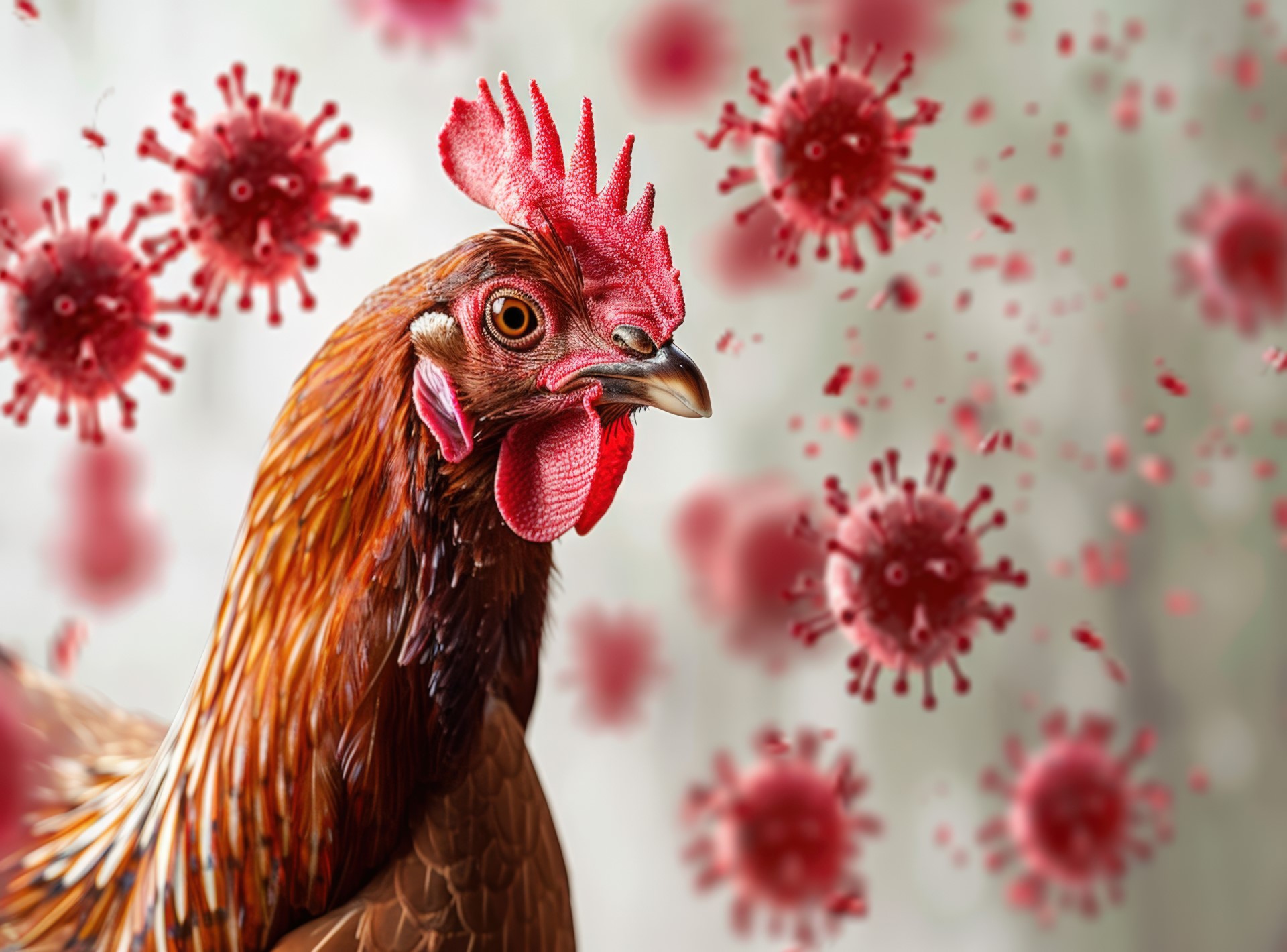
Australian disease experts are stepping up their surveillance of bird flu, as the world struggles with a ‘panzootic’ or pandemic of bird flu strains.
The current outbreak of concern is linked with a highly pathogenic strain of avian influenza (HPAI) virus called H5N1 clade 2.3.4.4b, which has impacted wild birds, poultry and some mammals, on every continent except Australia.
Wherever H5N1 spreads, it has mixed with local bird flu strains, which seems to have allowed it to adapt to new environments and may explain its ability to infect many new bird species, and the clade has also spilled over into several mammal species such as foxes, cats and dogs and marine mammals such as sea lions and elephant seals.
It has also been reported in farmed minks and fur farms in Europe and US herds of dairy cows.
Meanwhile, three separate strains of bird flu – H7N3, H7N9 and H7N8 – have been detected across poultry farms in Australia.
The CSIRO’s Australian Centre for Disease Preparedness has played a key role in testing, determining virus strains and keeping Australian authorities informed.
Dr Frank Wong, a senior research scientist at ACDP and a World Organisation for Animal Health Reference Laboratory expert in avian influenza, explained that there had been rare cases when people had caught the virus when working directly with infected poultry or affected farms.
“As it is still a bird-adapted virus, we normally do not see avian influenza being transmitted from person to person or mammal to mammal. The risk to people is still considered low currently,” he said.
“The virus strains are classified as either low pathogenic avian influenza (LPAI) or high pathogenic avian influenza (HPAI) viruses. LPAI infections in birds may cause only mild illness or no disease at all. But HPAI infections in poultry can cause outbreaks of severe disease, resulting in many sick and dead birds in affected farms.
“Some H7 and H5 strains start out as low pathogenic in wild birds but they can become highly pathogenic through virus mutation in infected chicken flocks. Australia’s previous outbreaks were of H7 bird flu; we’ve never had an outbreak of H5N1 here, which is the strain causing havoc overseas.”
Australia’s previous outbreaks of ‘HPAI’ in poultry occurred in 2012, 2013 and again in 2020, and in each instance, the outbreaks were quickly contained and the strain causing the highly pathogenic outbreak was eradicated.
“There are currently two states and one territory affected by bird flu outbreaks. While there are three separate strains involved, they are all H7 strains of the virus. Outbreaks in Victoria have been caused by H7N3 HPAI impacting egg farms in the Meredith region and H7N9 HPAI in one farm in the Terang region,” Dr Wong said.
“The HPAI outbreaks affecting farmed chickens in the Hawkesbury region of NSW and in the ACT have been caused by the H7N8 strain.
“The main hosts that carry bird flu viruses over long distances are migratory ducks and geese but as Australia is not in the flyways of these migrations, the risk of H5N1 reaching Australia is relatively low. However, the risk has slightly increased because of H5N1’s ability to infect additional species of wild birds. This increases the chance of introduction through regional or bridging species.”
For more information on the current disease situation visit outbreak.gov.au

